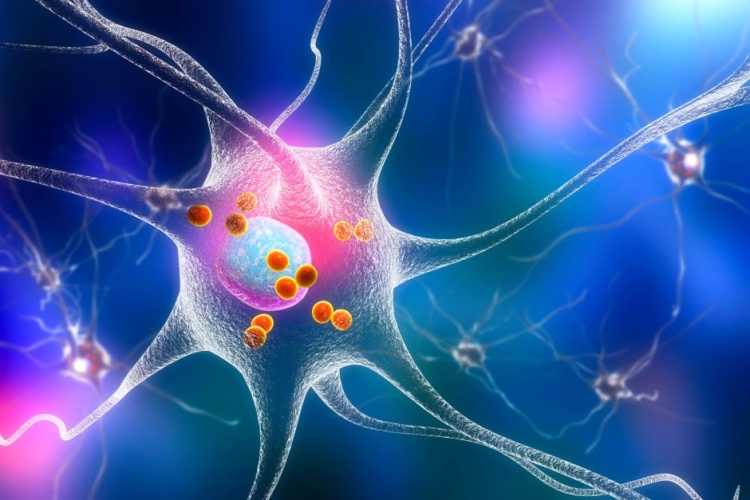NYSCF and Google Research integrate capabilities for disease profiling
A robotic system for studying patient cells has been integrated with AI image analysis to create a new platform for discovering cellular signatures of disease including Parkinson’s.

Using their automated cell culture platform, scientists at the NYSCF (New York Stem Cell Foundation) Research Institute collaborated with Google Research to identify new cellular hallmarks of Parkinson’s disease by creating and profiling over a million images of skin cells from a cohort of 91 patients and healthy controls. Their findings are detailed in Nature Communications.
“Traditional drug discovery isn’t working very well, particularly for complex diseases like Parkinson’s,” NYSCF CEO Susan L. Solomon, JD said in a statement. “The robotic technology NYSCF has built allows us to generate vast amounts of data from large populations of patients and discover new signatures of disease as an entirely new basis for discovering drugs that actually work.”
CLICK FOR MORE FROM MEDICAL & HEALTHCARE
The study utilised NYSCF’s repository of patient cells and robotic system – The NYSCF Global Stem Cell Array – to profile images of millions of cells from 91 Parkinson’s patients and healthy controls.
Register now to continue reading
Thanks for visiting The Engineer. You’ve now reached your monthly limit of news stories. Register for free to unlock unlimited access to all of our news coverage, as well as premium content including opinion, in-depth features and special reports.
Benefits of registering
-
In-depth insights and coverage of key emerging trends
-
Unrestricted access to special reports throughout the year
-
Daily technology news delivered straight to your inbox










National Gas receives funding to develop Gravitricity underground hydrogen storage system
There can't possibly ever be a '<i>business</i>' case for the <i><b>bulk</b></i> storage of hydrogen, since Green hydrogen electrolysis...